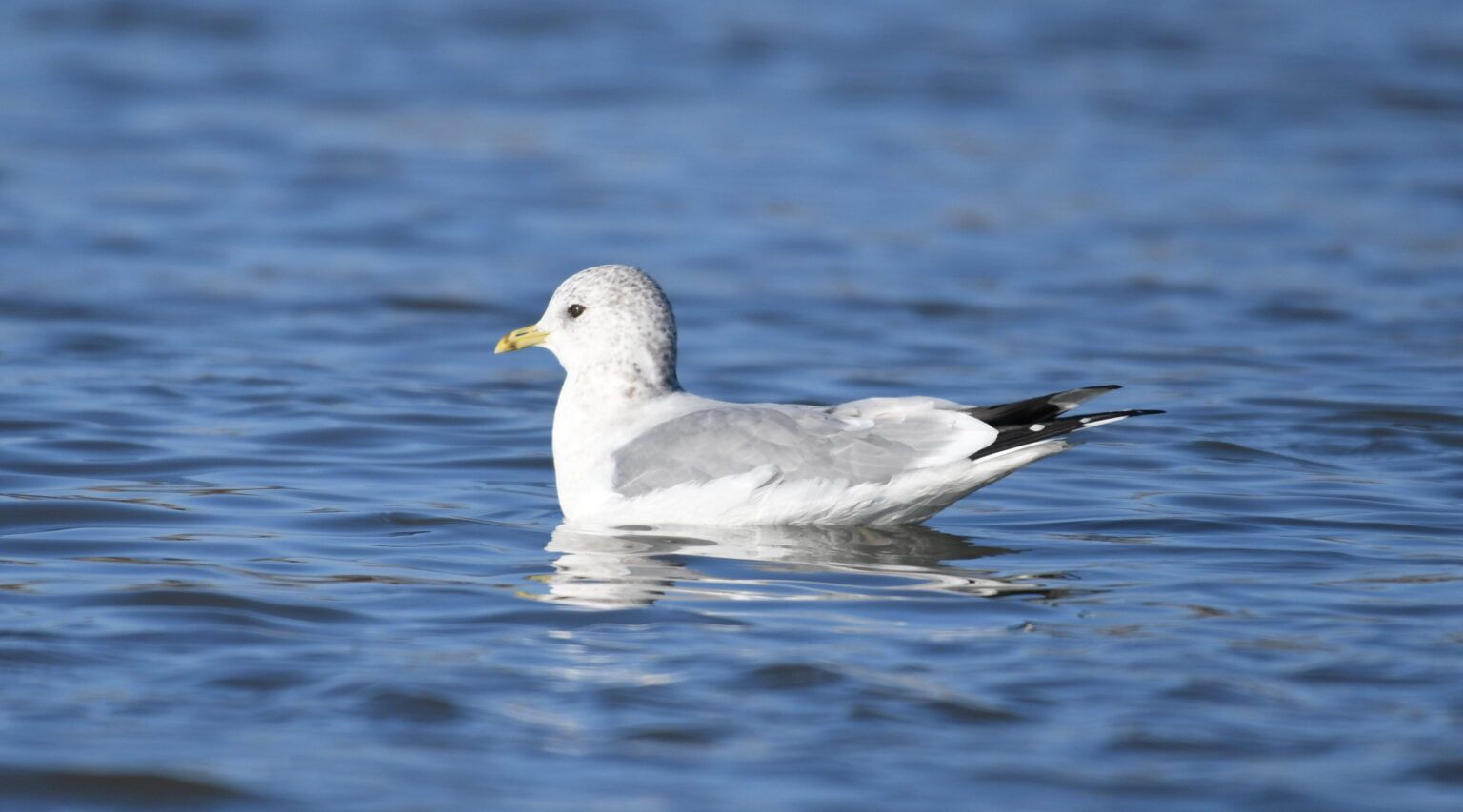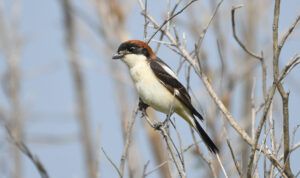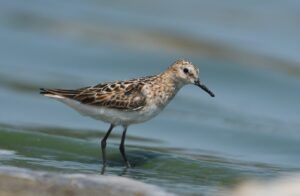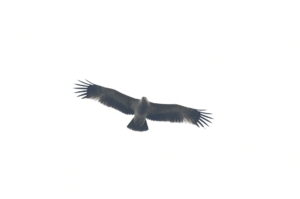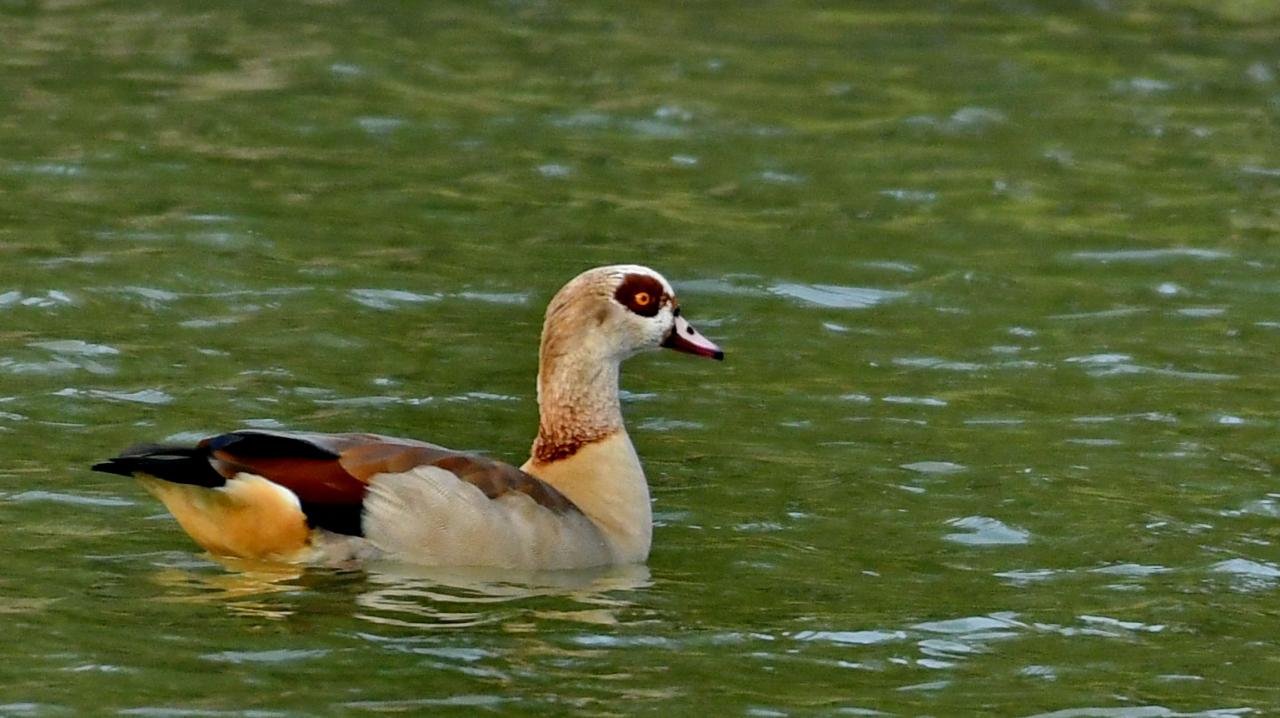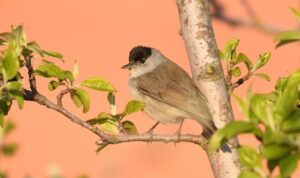The common gull (European and Asian subspecies; see below) or mew gull (North American subspecies) Larus canus is a medium-sized gull which breeds in northern Asia, northern Europe and northwestern North America. It migrates further south in winter. Its name does not indicate that it is an abundant species, but that during the winter it feeds on common land, short pasture used for grazing.
Adult common gulls are 40–46 cm long, noticeably smaller than the herring gull, and slightly smaller than the ring-billed gull, also differing from the later in its shorter, more tapered bill with a more greenish shade of yellow, as well as being unmarked during the breeding season. The body is grey above and white below. The legs are greenish-yellow. In winter, the head is streaked grey, and the bill often has a poorly defined blackish band near the tip (sometimes sufficiently obvious to cause confusion with ring-billed gull). They have black wingtips with large white “mirrors”. Young birds have scaly black-brown upperparts and a neat wing pattern, and grey legs. They take two to three years to reach maturity. The call is a high-pitched “laughing” cry.
Taxonomy
There are four subspecies, two of them considered distinct species by some authorities:
- Larus canus canus Linnaeus, 1758 – common gull. Europe and western Asia. Small; mantle medium grey (palest subspecies); wingtips with extensive black; iris dark. Wingspan 110–125 cm; mass 290–480 g.
- Larus canus heinei Homeyer, 1853 – Russian common gull. Central northern Asia. Medium size; mantle dark grey (darkest subspecies); wingtips with extensive black; iris dark. Mass 315–550 g.
- Larus canus kamtschatschensis Bonaparte, 1857; syn. L. kamtschatschensis – Kamchatka gull. Northeastern Asia. Large; mantle medium-dark grey; wingtips with extensive black; iris pale. Mass 394–586 g.
- Larus canus brachyrhynchus Richardson, 1831; syn. L. brachyrhynchus – mew gull or short-billed gull. Alaska and western Canada. Small; mantle medium-dark grey; wingtips with little black and much white; iris pale. Wingspan 96–102 cm; mass 320–550 g.
Both common and mew gulls breed colonially near water or in marshes, making a lined nest on the ground or in a small tree; colony size varies from 2 to 320 or even more pairs. Usually three eggs are laid (sometimes just one or two); they hatch after 24–26 days, with the chicks fledging after a further 30–35 days. Like most gulls, they are omnivores and will scavenge as well as hunt small prey. The global population is estimated to be about one million pairs; they are most numerous in Europe, with over half (possibly as much as 80-90%) of the world population By contrast, the Alaskan population is only about 10,000 pairs.
Vagrancy
The common gull occurs as a scarce winter visitor to coastal eastern Canada and as a vagrant to the northeastern USA, and there is one recent record of mew gull in Europe on the Azores.
photo: Mihai BACIU

